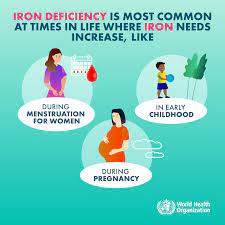A groundbreaking study has unveiled promising results in the quest for more effective and accessible vaccination methods, particularly in low-resource settings. The phase 1/2 randomized trial, conducted in The Gambia, compared the delivery of the measles and rubella vaccine through a novel microarray patch against conventional injection methods.
The microarray patch, described as a small sticking plaster-like device embedded with microscopic projections, painlessly penetrates the skin to deliver the vaccine. Led by researchers from the Medical Research Council (MRC) Unit The Gambia at the London School of Hygiene & Tropical Medicine (LSHTM), the trial involved 45 adults, 120 toddlers, and 120 infants aged between 9 and 40 months.
The results, published in The Lancet, revealed that the immune response induced by the measles and rubella vaccine delivered via the microarray patch was comparable to that of conventional injection. Remarkably, over 90% of infants were shielded against measles, and all infants were safeguarded from rubella after a single dose administered through the microarray patch.
Moreover, the trial found no safety concerns associated with this innovative vaccine delivery approach. Dr. Ikechukwu Adigweme, from the Vaccines and Immunity Theme at MRC Unit The Gambia at LSHTM and co-author of the study, expressed satisfaction with the positive outcomes, highlighting the potential for greater vaccine equity among disadvantaged populations.
The microarray patch offers several advantages over conventional vaccination methods, particularly in resource-limited settings. Its portability and reduced dependence on cold storage make it a promising solution for reaching remote areas, especially across sub-Saharan Africa. Additionally, its simplicity of administration could empower volunteers with minimal training to deliver vaccines effectively.
Professor Ed Clarke, a pediatrician leading the Vaccines and Immunity Theme at MRC Unit The Gambia at LSHTM, emphasized the significance of these findings. He noted that while measles vaccines are the initial focus, the potential for delivering other vaccines via microarray patches is now within reach.
However, the trial acknowledged certain limitations, including its small sample size and the selection of healthy participants. To address these, larger trials involving diverse groups of children are being planned to inform decisions regarding the widespread adoption of microarray patches in childhood vaccination programs.
The successful trial marks a pivotal step toward revolutionizing vaccine delivery, offering hope for more accessible and efficient immunization strategies worldwide. As researchers continue to explore this innovative approach, anticipation grows for its potential to bolster global vaccination efforts and combat childhood diseases effectively.












